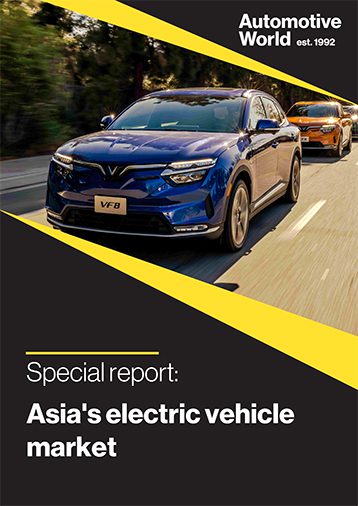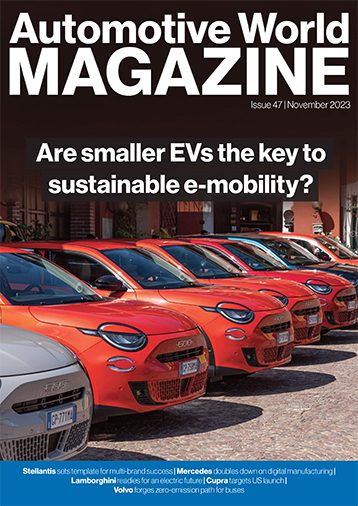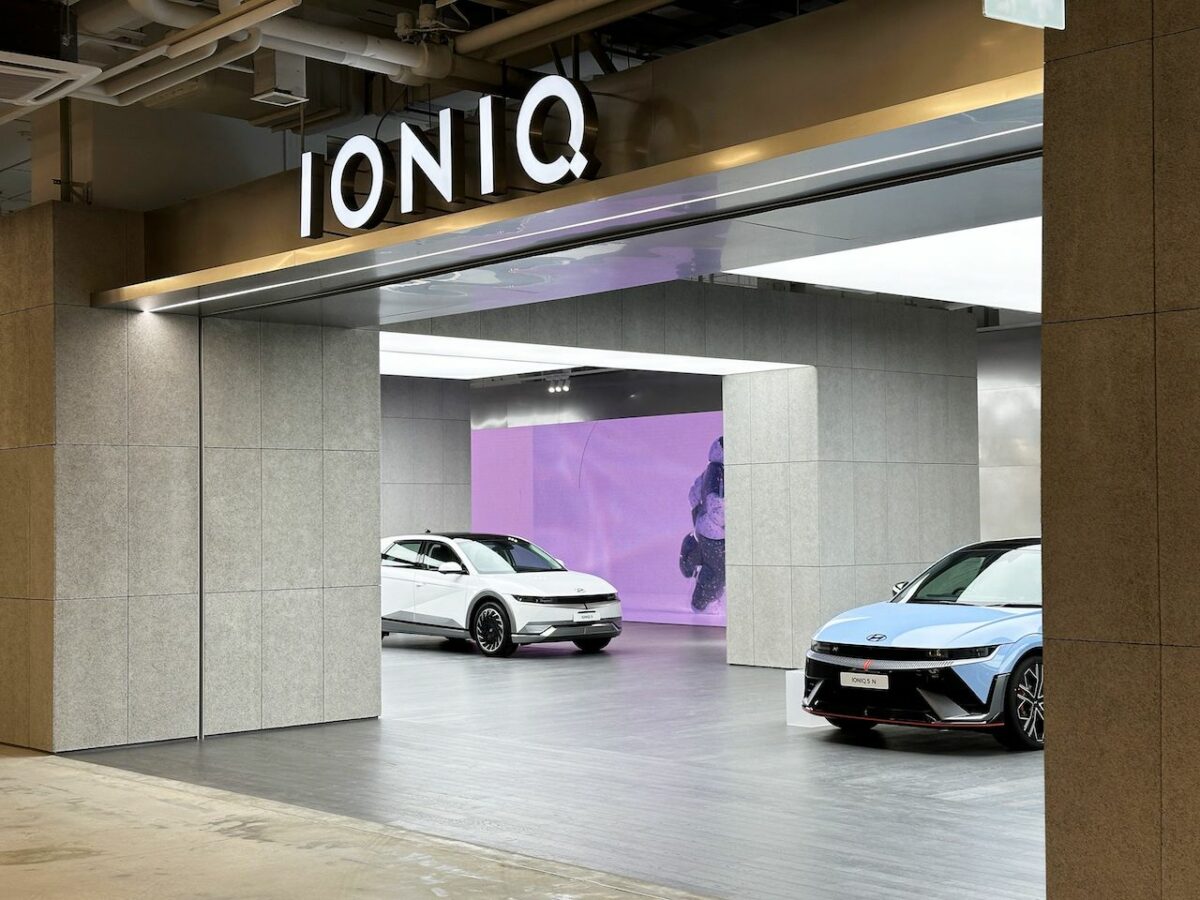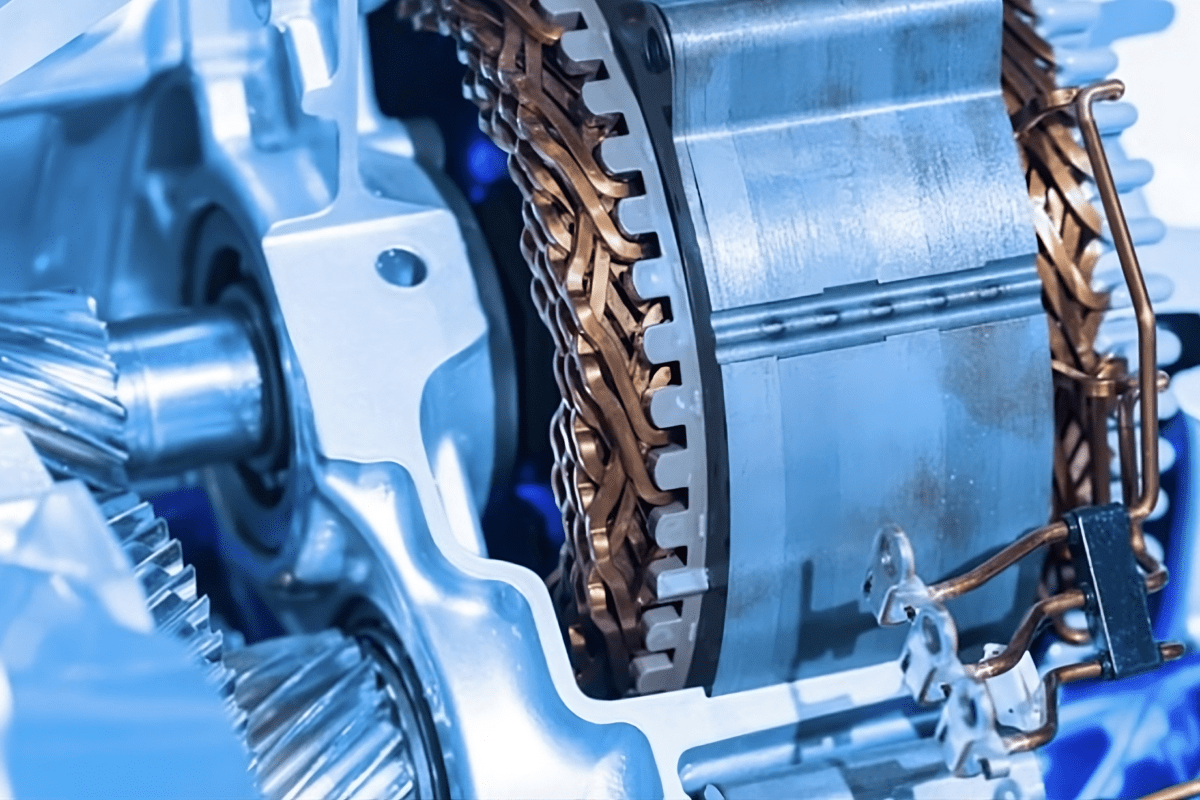Asia’s electric vehicle (EV) market is poised for decades of historic growth. In the global race to decarbonise the industrial, transport and energy sectors, many Asian nations have bound from their starting blocks faster than their counterparts in Europe and North America. Asia is now a key battleground in the world’s fight to decarbonise.
As a region, Asia has been heavily affected by droughts, floods and extreme weather in recent years, and climate-related disasters are only likely to worsen. According to McKinsey, Asia is home to 93 of the 100 most polluted cities and six of the top ten countries most affected by climate risks. No wonder then, that many governments are introducing stimulus packages to engender growth in domestic EV markets and to support research and development of new battery technologies, as well as mining and recycling of key metals.
China’s market dominance
North Asian governments, in particular, are betting big on the green energy transition and their commitment to electric transport is evident—more so perhaps, than the EU, which thus far has adopted a “targeted, temporary and proportionate” approach to financial aid for green industries and the development of EV industrial centres.
China has established itself as not only the region’s but the world’s preeminent EV market nation. The Chinese government is embracing supply-side policies to encourage greater domestic and export purchase volumes of EVs. In June, the government announced a record-breaking US$72.3bn package to boost EV sales, delivering tax exemptions for those purchased in 2024 and 2025 of up to US$4,170 per vehicle.
It is incumbent on each and every EV producer nation to work in harmony with global markets and fellow producer nations, to ensure the supply of critical metals remains stable
The policy sends a strong signal to the international market. Following the news, Ford’s Executive Chairman Bill Ford conceded that the US has some catching up to do on EV production. He was quoted by The Telegraph as saying: “They [Chinese EVs] developed very quickly, and they developed them in large scale. And now they’re exporting them. They will come here at some point, and we need to be ready.”
Beyond tax subsidies and onshoring incentive schemes, China is also exerting market dominance in the production and processing of EV battery materials. Research firm Benchmark Mineral Intelligence estimates that this year alone, China will refine 62.5% of the world’s lithium supplies and 76% of global cobalt supplies, and mine 65% of the world’s natural graphite.
North Asian market support
Yet China is far from the only North Asian nation seeking to capitalise on the opportunities of the EV revolution. In Japan, the Kishida government has been working diligently to ensure major automotive manufacturers Honda, Suzuki, and Toyota are not left wanting for financial and operational support.
The Japanese government recently announced close to US$2.2bn in tax subsidies to support battery production and development, including nearly US$1bn in subsidies for Toyota and other manufacturers. The subsidy package follows on the heels of a trade agreement signed between the US and Japan in March, which will ensure greater supply chain security of key battery metals and cemented Japan’s status as a major player in the global EV market.
Challenger economies in South Asia
However, further afield in South Asia—particularly India and ASEAN—EV penetration rates are lagging. In 2021, EVs accounted for less than 1% of new vehicle sales in the region. Many countries have set ambitious targets for EV production and usage, such as Indonesia’s goal of 2.5 million EV users by 2025, and some headway has been made in the past year. Electric car sales more than tripled in India and Indonesia in 2022, but this was, admittedly, from low base figures.
So what must be done for Asia’s emerging market and developing economies to catch up with more advanced players? McKinsey identifies parity in total cost of ownership of EVs, OEM model availability, supply chain readiness, and charging infrastructure as the main roadblocks to unlocking consumer uptake.
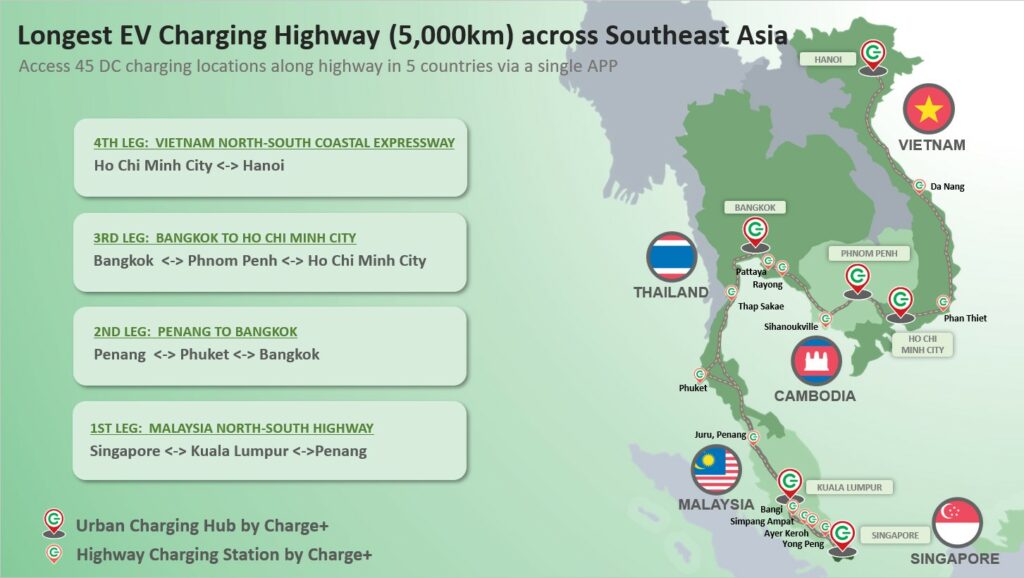
The total cost of ownership is, naturally, tied to the regulatory environment, and government support to make low-cost EV models available will be key. This extends not only to subsidies for buyers at the point of purchase, but also tax breaks and incentives to lower automakers’ production costs. Affordability is a determining factor for consumers, and as the International Energy Agency notes, many of the EV options on sale in emerging Asian markets are currently heavily geared towards the higher end, such as SUVs, large and luxury models.
The lack of charging facilities and reliable electricity grid must also be addressed. This means not only improving the accessibility and interoperability of charging infrastructure, but ensuring that EV power sources are truly green, given electricity in ASEAN countries is still heavily reliant on fossil fuels. Fortunately, progress is being made in this regard. For example, Thailand’s EV charging network is being financed by a green loan agreed by renewable energy company Energy Absolute and the Asian Development Bank, whilst Singapore’s Charge+ plans to develop 45 high-speed charging stations connecting Singapore with Malaysia, Cambodia, Thailand and Vietnam.
Battery metals production
Another promising sign that Asia’s challenger economies are taking on the status quo and ready to transform their energy and transport sectors is the increase in battery metal production and cell manufacturing. Indonesia has overtaken Australia to become the second largest producer of cobalt, a critical metal in electric batteries. Indonesia generated 9,500 tonnes of cobalt last year, totalling 5% of global supply, up from minimal volumes before 2021.
Multinationals like CATL, BASF, and LG Energy Solutions are investing heavily in Indonesia’s domestic energy industries, including lithium-ion cell manufacturing, where the country hopes to achieve an 80GWh cell manufacturing capacity by 2030. Likewise, in the Philippines, President Ferdinand Marcos Jr recently signalled the country’s plans to go beyond extracting minerals to “vertically integrate that entire activity all the way down to actual battery production.”
Protectionism and nationalism
It is clear that there is a growing sense of competition for EV market supremacy. Countries across the globe have introduced landmark policies to ensure they get a slice of the pie, as the world undertakes a monumental upheaval of its energy and power systems. The US Inflation Reduction Act, China’s Made in China 2025 Plan and EU Critical Raw Materials Act are just a few such examples.
Countries’ efforts to support their domestic industries in the race to net zero are to be welcomed. Regulatory action is surely needed to promote supply chain security and ensure EVs are a viable and affordable solution.
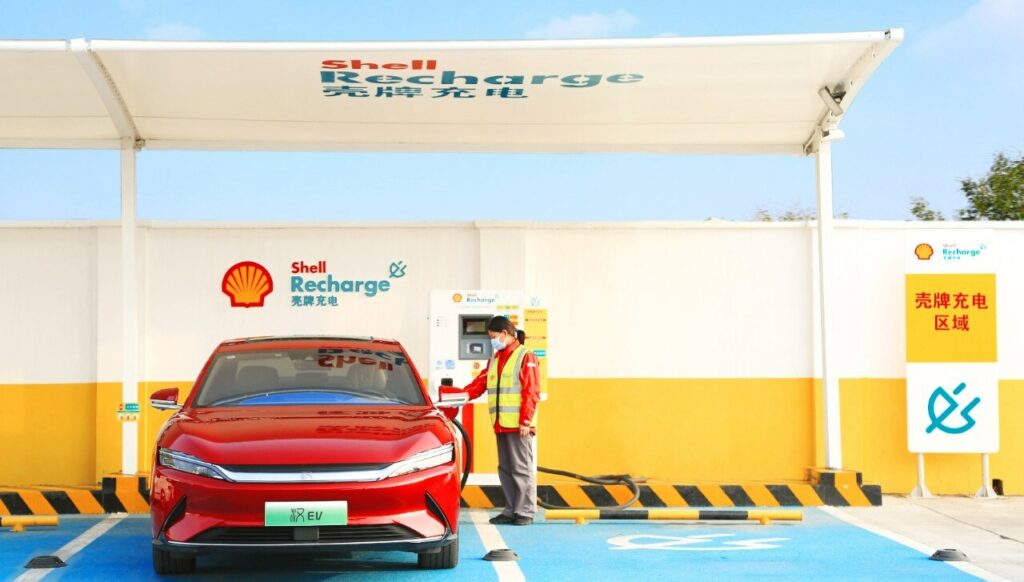
However, it should be remembered that the global energy transition cannot be realised by one nation alone. And whilst resource nationalism and supply-side protectionism can engender market growth in producer nations, it is important that this approach does not cut off key metals supplies or battery technologies for other countries. To do so could endanger worldwide EV adoption rates and consequently, imperil the likelihood of realising net-zero across the globe.
To achieve sustainability across global energy value chains, cooperation must become the order of the day. It is incumbent on each and every EV producer nation to work in harmony with global markets and fellow producer nations, to ensure the supply of critical metals remains stable, and important developments in battery technologies and clean transport are not the preserve of one country but shared across global markets. In this regard, Asian nations have a vital role to play in ensuring EV production is sustainable for the long term. They also have a huge opportunity to benefit from the emissions reductions that EVs will bring.
About the author: Benedikt Sobotka is Chief Executive Officer of Eurasian Resources Group (ERG) and Co-Chair of the Global Battery Alliance (GBA)
